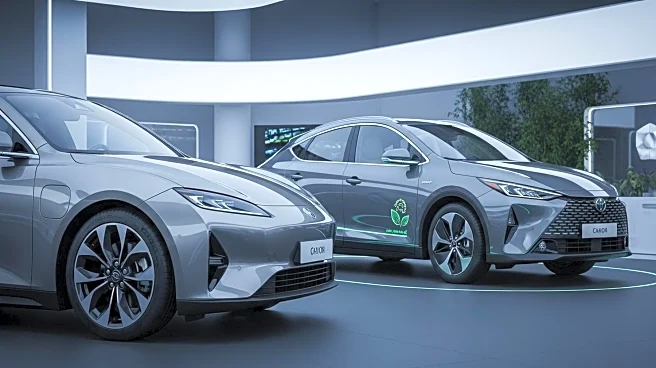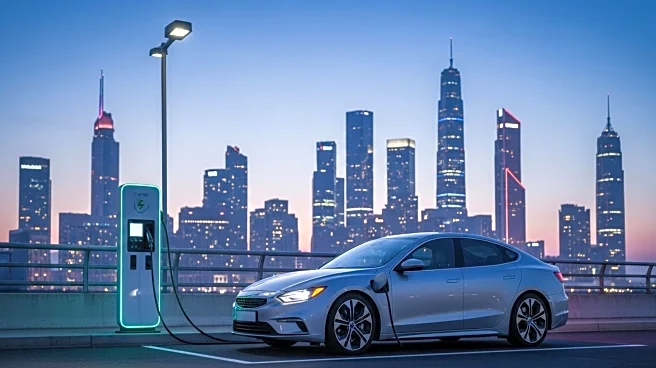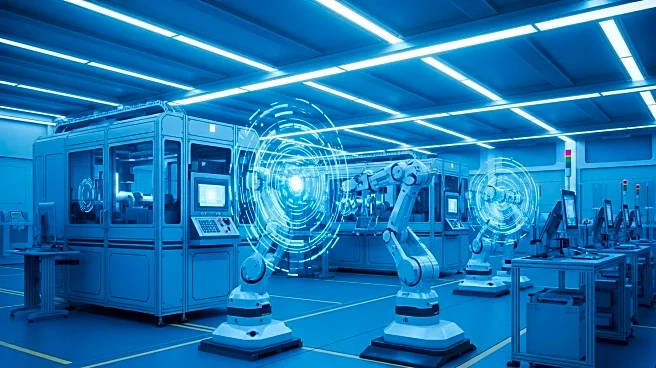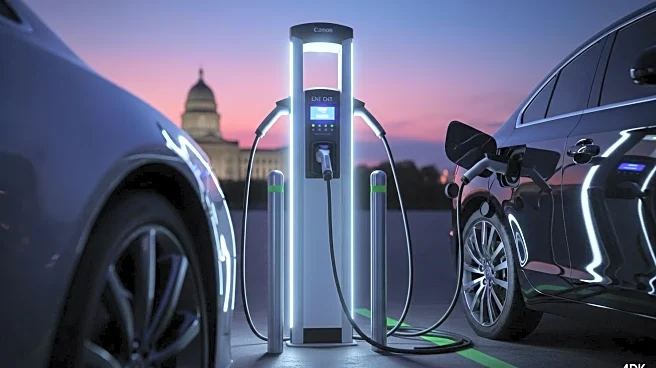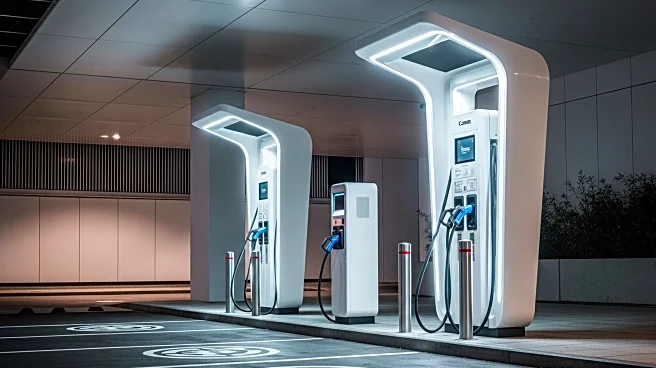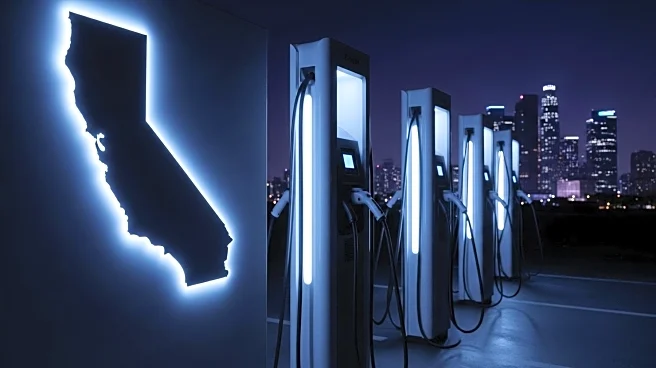What's Happening?
Electric vehicle (EV) tax credits are set to expire next week, affecting incentives for consumers considering a switch to electric or hybrid vehicles. According to a report by KDKA's John Shumway, Em Nguyen from CarFax highlighted the urgency for consumers to act quickly if they wish to benefit from these incentives before they end. The expiration of these tax credits could influence consumer decisions and the overall market for electric vehicles, as financial incentives have been a significant factor in encouraging the adoption of cleaner transportation options.
Why It's Important?
The end of EV tax credits could have substantial implications for the automotive industry and environmental policy. These credits have played a crucial role in promoting the adoption of electric vehicles, which are seen as vital in reducing carbon emissions and combating climate change. Without these incentives, the cost of purchasing an electric vehicle may become prohibitive for some consumers, potentially slowing the transition to greener transportation. This change could also impact automakers who have invested heavily in electric vehicle technology, as reduced consumer demand might affect their sales and innovation strategies.
What's Next?
As the expiration date approaches, consumers and industry stakeholders are likely to seek alternative incentives or policy measures to support the continued growth of the electric vehicle market. Policymakers may face pressure to introduce new legislation or extend existing credits to maintain momentum in the shift towards sustainable transportation. Automakers might also explore new strategies to make electric vehicles more affordable and appealing to consumers without relying on tax credits.
Beyond the Headlines
The expiration of EV tax credits raises broader questions about the role of government incentives in driving technological adoption and environmental change. It highlights the need for sustainable policy frameworks that balance economic growth with environmental responsibility. The situation may also prompt discussions on how to effectively support innovation in the automotive industry while ensuring accessibility for consumers.


